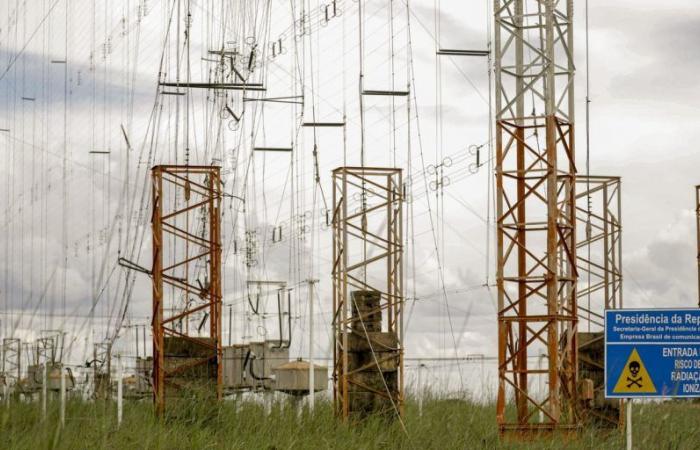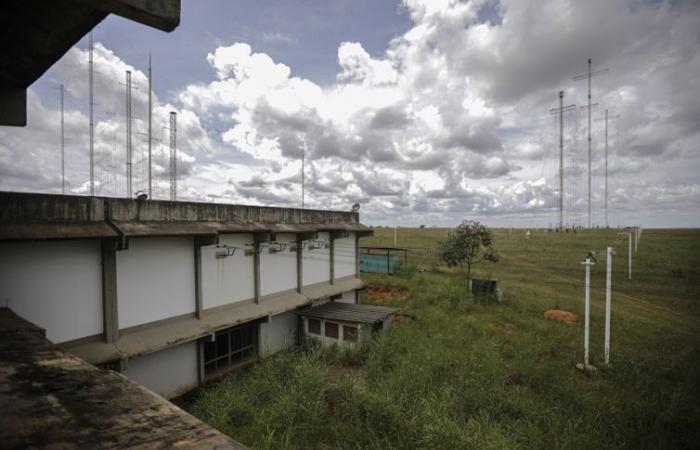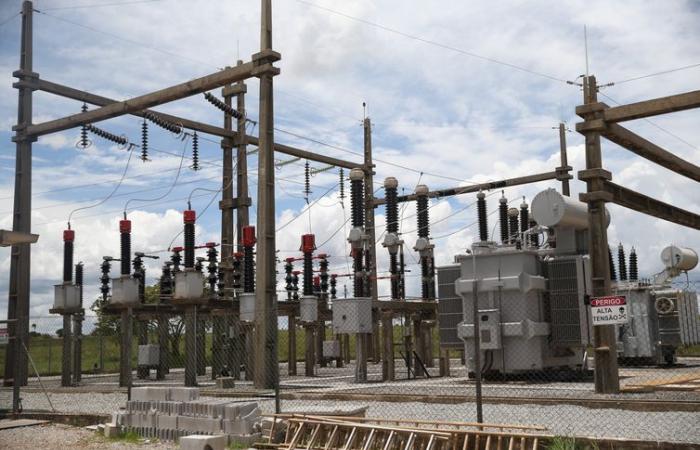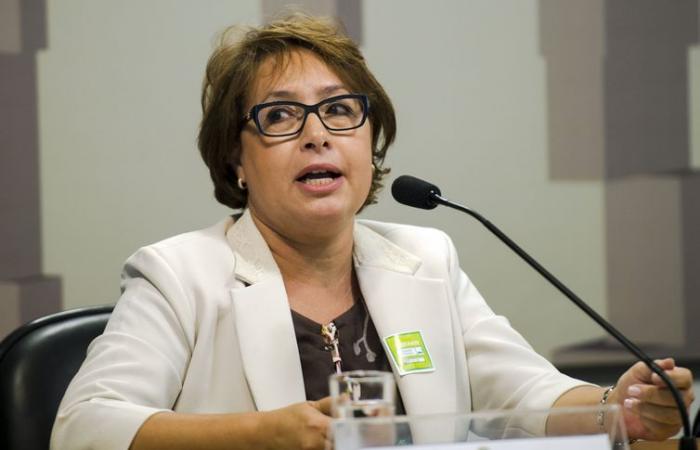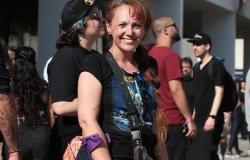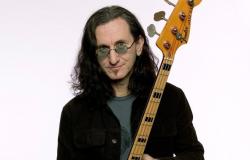The main means of communication in the Amazon is not located anywhere in the most extensive tropical forest on the planet. It is in a rural area on the outskirts of Brasília that houses the largest radio transmission complex in the country, including the short wave (OC) transmitters of the Amazon National Radio, the only broadcaster in the country that can have national and even international reach. Opened on March 11, 1974, near Brazlândia – an administrative region of the Federal District, approximately 40 kilometers (km) from the capital of the Republic – Parque do Rodeador is completing 50 years in 2024. The date is being celebrated with a series of activities promoted by Brazilian Communication Company (EBC).
“We are talking about the most powerful radio station in the history of our country. We are talking about the largest radio transmission park in Brazil and one of the largest radio transmission parks in Latin America”, highlights Octavio Pieranti, professor of the Postgraduate Program -Graduate in Media and Technology from Universidade Estadual Paulista Júlio de Mesquita Filho (Unesp) and advisor to the Secretariat of Digital Policies of the Presidency of the Republic. He was one of the participants in a live organized by EBC and by the Brazilian Society of Interdisciplinary Communication Studies (Intercom), this Thursday (29), to tell the story of the project.
Pieranti is the author of the book Between strawberry plantations, forests and oceans – forgotten archives of Rádio Nacional recount the origins of Radiobrasreleased in 2022. The book tells the story behind the decision of the government of the time, in the midst of a military dictatorship, to create the most ambitious communications project seen so far in the country.
With investments of around US$15 million at the time – which in corrected values would add up to around R$500 million, according to Pieranti – the complex has nine short wave transmitters, which weigh around 250 kilograms (kg) each, in addition of two medium wave transmitters (National Radio AM) and an FM transmitter (from Brasilia National FM Radio). The area is home to four sets of giant antennas, one of which is medium wave, 142 meters high, as well as three more sets with taller towers, reaching 147 meters, and transmitting in short waves. The project was developed with the most modern resources at the time, to obtain greater gain and transmission range of radio signals and had the proposal to transmit content in six different languages, as the signal could be captured far beyond the country’s borders. There is even its own power substation to power the park’s antenna and transmitter system.

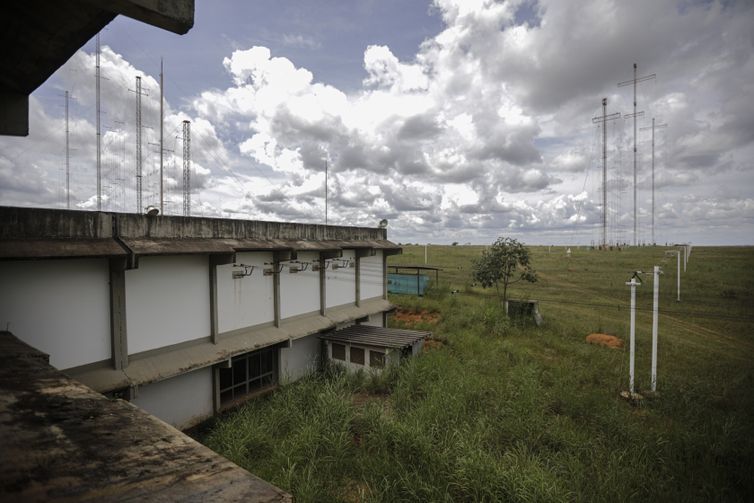
Brasília – Parque do Rodeador, Rádio Nacional da Amazônia’s shortwave transmission complex, celebrates 50 years in March – Photo Joédson Alves/Agência Brasil
Short waves is the name given to the band of the electromagnetic spectrum located approximately between three and 30 megahertz. They are the only ones that allow radio transmission over vast areas of the Earth’s surface, crossing borders.
In 2018, Parque do Rodeador was officially classified as critical broadcasting infrastructure in disaster situations, natural catastrophes and emergencies, when broadcasting is used as a complementary communication service. This framework was determined by the Institutional Security Office of the Presidency of the Republic (GSI). “If, for some reason, internet access drops in a certain region of the country, the possibility of communication via traditional networks drops, it will still be possible for the Brazilian State to reach the population, through Rádio Nacional da Amazônia “, explains Pieranti.
History
The name Rodeador is in the records of travelers who crossed Brazil in the mid-18th century. Researchers from Goiás and Brasilia, from 1980 onwards, compiled travel records of D. Luis da Cunha Menezes. In 1734, the then captain-general of the Captaincy of Goiás crossed the country, leaving Salvador to what is now the City of Goiás, one of the oldest in the country, to get there, close to the area where Brasília is today.

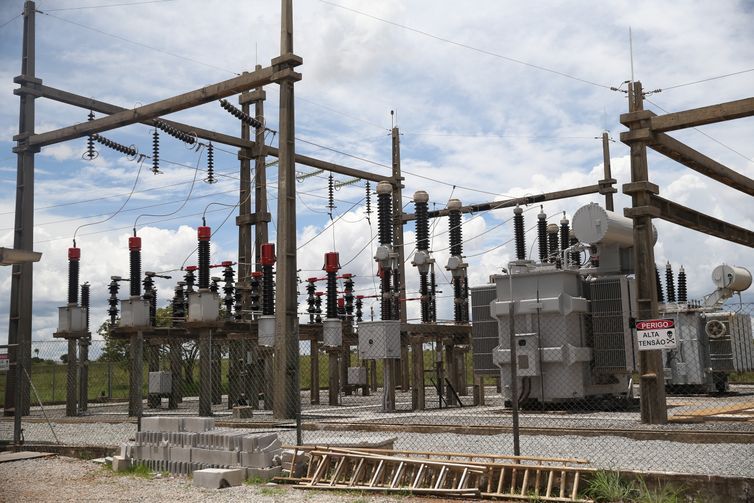
EBC, Pereira Gomes, Rodeador – José Cruz/Agência Brasil
“The presence of Rodeador is marked on Estrada Real dos Goiases. This environment of Rodeador’s insertion in the history of Brazil is inspiring to think about what this place became, in strategic importance”, reports Fernando Paulino, professor at the University of Brasília (UnB) and president of the Latin American Association of Communication Researchers (Alaic).
Another reference is the trip of Francisco Adolfo Varnhagen, the viscount of Porto Seguro, who, at the request of the then emperor D. Pedro II, crossed from the coast to the Central Plateau describing his passage through the same region where the country’s capital would be built almost 100 years ago. after. His study, published in a book The Question of the Capital: maritime or inland? – would have influenced the choice of moving to the Brazilian capital.
“In the book, he points out the advantages in defense of capital change, which influenced several speeches by Juscelino Kubitschek”, adds Paulino.
Alien invasion
The context of construction of this communication system explains the concern with the magnitude of the work. The world was in the middle of the Cold War, opposing the United States and the Soviet Union in the ideological and military dispute between capitalists and communists.
“It was one of the most authoritarian and repressive moments of the dictatorship, during the [Emílio Garrastazu] Medici, also a time when the pharaonic works of that period were carried out, such as the Transamazônica Highway and the Rio-Niterói Bridge. It is in this context that the Rodeador park fits in”, says Pieranti. One of the military’s concerns was national integration and the communist threat coming from the north, more specifically from Cuba.
“There was talk that broadcasters from socialist countries, that is, countries that were enemies of Brazil in a context of the Cold War, were arriving in the Amazon, especially Cuban broadcasters. The Brazilian State was unable to resist this entry. In several documents, the military dictatorship refers to these transmissions as ‘alien radiation’, as if it were coming from space but coming from a few kilometers to the north.”
Mass communication
Despite the geopolitical impulse that led to the project, during the 1970s, the worsening of the economic crisis made the Brazilian State reorient its priorities. Amazon National Radiowhich started to function much more as a factor of regional integration in a country of continental dimensions.
“A Amazon National Radio is responsible for universalizing mass communication. At those points, in the middle of the forest, where it is impossible to hear FM radio, the signal from the Amazon National, broadcasting on short waves. It is responsible for guaranteeing the right to communication for a significant part of the population”, highlights Pieranti.
“No country in the world, which is the size of Brazil, has renounced its shortwave broadcasters, because it knows that they are strategic, even in security issues”, argues Nélia Del Bianco, professor at the Federal University of Goiás (UFG) and the University of Brasília (UnB), and a researcher in public communication policies.

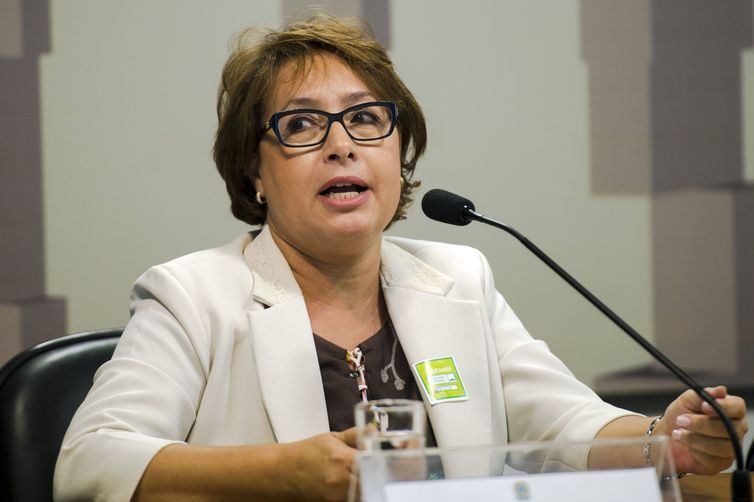
Brasília – Professor Nélia Del Bianco, from the University of Brasília – Photo Marcelo Camargo/Agência Brasil
A tragic episode, in 2017, marked the history of Parque do Rodeador. A sequence of lightning strikes hit the energy substation that feeds the park, forcing the Amazon National Radio, operating at reduced hours and restricting the range of the signal, which was left with just 5% of its capacity. The problem was only resolved in 2020.
“This accident brought to light the importance of Amazon National Radio. The station failed to reach millions of residents in rural, riverside and border areas of the Amazon Region. That episode led riverside chiefs and leaders to write a manifesto asking for commitment to return the radio to its original power. It’s a population that we sometimes don’t imagine, they travel for days by boat to the nearest city, so the only way to connect to the world is through the radio”, observes Del Bianco. Even today, the faithful listeners of radio stations in the Amazon have an emotional relationship with the station’s announcers, producers and reporters.
“It is still a primary vehicle to talk about complex topics, such as climate change, such as the drought that hit the Amazon last year”, says the professor. Despite the advancement of internet access in the country, in the Amazon region this process is still relatively slow and uneven. “It is not possible to think that initiatives like that of Elon Musk and his constellation of Starlink satellites are a solution to the problems of internet access in the region. Research surveys show that 10% of schools in the Amazon do not even have electricity”, he states Nélia Del Bianco.

